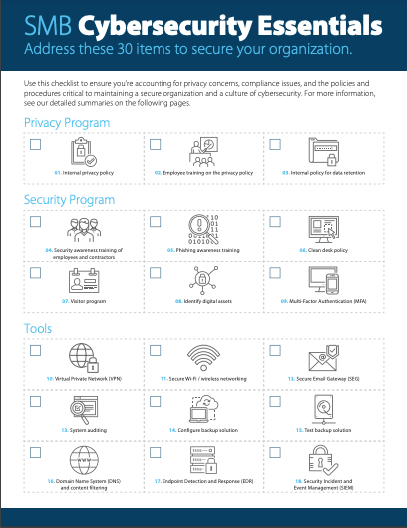In some parts of the world, physicians still make house calls, but this practice is becoming rare. Today, most patients either go to a clinic or hospital, make a quick trip to a pharmacy for instant relief, or stay at home and consult with caregivers via telemedicine. Telemedicine has become more popular, thanks to social distancing and shelter-in-place rules imposed during the COVID-19 pandemic.
Making telemedicine work
Key elements in making telemedicine work are video teleconferencing equipment, a fast and stable internet connection, and advanced telemedicine hardware and software. These elements are indispensable because telemedicine now requires highly visual interactions and access to pertinent medical information.In particular, internet of medical things (IoMT) devices such as wearable heart rate monitors and sudden fall detectors help push the field of telemedicine further because of how these collect data and update caregivers in real time. When the vital signs of device wearers drop to critical levels, ambulatory services may be called upon automatically to check on patients and provide treatment quickly. Additionally, these machines create a compendium of health information that grant physicians a clearer picture of how their patients are doing come their next virtual consultation.
Healthcare businesses and individual medical practices with telemedical capability also need to comply with the regulations of the Health Insurance Portability and Accountability Act (HIPAA), the Health Information Technology for Economic and Clinical Health Act (HITECH), and other healthcare legislation. Mostly, these regulations involve compliance with the handling and storage of personally identifiable patient information.
Benefits of telemedicine
- Easy access – Telemedicine solves the basic problem of access to medical expertise. For example, if a patient in a far-flung town in Wyoming needs to see a cancer specialist in California, telemedicine can make that possible. In a less complicated medical situation, telemedicine solves the problems of mobility. Without having to go to the hospital for treatment, a patient can conveniently dial or log in to an online portal to consult a doctor.
- Efficiency – One of the more problematic aspects of a doctor’s visit is the long wait. Often, wait times take much longer than the actual consultation. Patients with minor illnesses would rather self-medicate than visit a hospital and suffer a long queue. With telemedicine, a patient can wait in the comfort of their own home. Furthermore, IoMT devices constantly relay health information, often granting physicians more details than most on-the-spot queries and physical examinations.
- Avoidance of contagion hotspots – At the height of the pandemic, visiting a hospital meant potential exposure to the novel coronavirus. And there wasn’t any assurance that hospitals could take patients in because COVID-19 cases were being prioritized. Therefore, telemedicine helped reduce the spread of the disease and relieved some pressure off of these institutions.
- Better healthcare – Consulting your physician online doesn’t mean diminished quality of care — provided, of course, that all devices, telemedicine software, and other technical aspects work seamlessly. In some instances, remote medical care enhances the patient’s experience because they get to relax at home instead of going through the stress of commuting and rushing to make an appointment. Follow-ups, post-operation check-ups, and quick consultations can be done using a desktop computer, laptop, or smartphone, thereby reducing the possibility of missing an appointment.
- Lower healthcare costs – Beyond having to spend on one’s commute to the doctor’s, the actual cost of an in-person visit is much higher than the cost of a virtual one. For minor ailments like the common cold and the flu, a physical visit to the clinic might set you back as much as $100, whereas a virtual one would cost considerably less.
We stand at the forefront of technological innovations that will continue to define an industry as dynamic as healthcare. If you need industry-based knowledge, contact us today.
Download this
Cybersecurity Essentials
Checklist
to make sure your business is safe from all types of cyber attacks.
By downloading this, you are agreeing to get emails from us. We promise, we will not spam you. And you are free to unsubscribe anytime you want. We hope you won't do as we have more awesome content comin!

